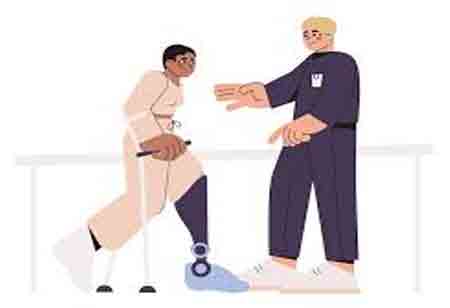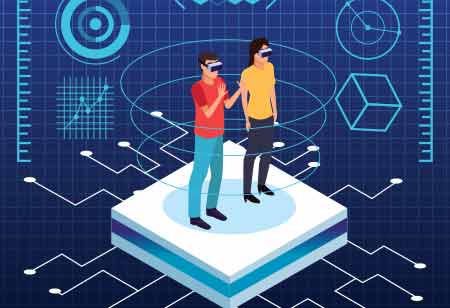THANK YOU FOR SUBSCRIBING

Applications of Exoskeleton Robotics
Ava Bennett, Director of Advanced Exoskeleton Engineering, Lululemon

 Ava Bennett, Director of Advanced Exoskeleton Engineering, Lululemon
Ava Bennett, Director of Advanced Exoskeleton Engineering, LululemonExoskeleton robotics transform numerous industries, aid rehabilitation, empower the military, and enhance daily life for people with disabilities, promising future advancements.
FREMONT, CA: Exoskeleton technology represents a transformative leap in human augmentation, reshaping industries and enhancing daily life. These robotic suits empower workers with increased strength and endurance, making tasks like heavy lifting in construction and logistics more manageable. From rehabilitation to disability support, they offer newfound independence and improved quality of life.
Transforming Manufacturing and Logistics
Industrial exoskeletons augment human strength and endurance. These suits enable workers to lift heavy objects with reduced risk of injuries, enhancing overall productivity. For instance, exoskeletons streamline tasks like car body assembly on production lines, empowering workers to manoeuvre heavy components effortlessly. Moreover, exoskeletons alleviate strain in warehouses by assisting workers in lifting and moving heavy packages, thus reducing fatigue and improving efficiency.
Enhancing Human Capabilities in Construction
Construction work demands physical endurance and strength, often involving heavy lifting and repetitive tasks. Exoskeletons tailored for construction applications support workers, mitigating fatigue and minimising injury risks. Back-supporting exoskeletons reduce strain on the lower back during heavy lifting, while upper-body exoskeletons enhance worker endurance for tasks involving power tools or materials handling. These advancements promise a safer and more efficient construction industry.
Empowering Military Personnel
Exoskeletons designed for military applications enhance soldiers' strength, stamina, and load-carrying capacity. These suits enable soldiers to carry heavy equipment and navigate challenging terrains more easily. Additionally, integrated with ballistic protection systems, exoskeletons offer enhanced physical defence on the battlefield, ensuring the safety of military personnel in demanding environments.
Transforming Rehabilitation and Physical Therapy
Exoskeletons are catalysts for transformative change in physical rehabilitation. These robotic suits aid patients in regaining lost motor function, improving balance, and facilitating gait training. Stroke patients, for example, benefit from exoskeletons that guide and support their movements while relearning to walk. Furthermore, exoskeletons provide controlled resistance training, aiding in muscle strength and range of motion improvement.
Enhancing Daily Life for People with Disabilities
Beyond rehabilitation, exoskeletons offer profound benefits for individuals with disabilities in their daily lives. Upper-limb exoskeletons empower individuals to reclaim independence by assisting with eating, dressing, and reaching for objects. With advancements in design and control systems, these exoskeletons seamlessly integrate into routines, offering crucial support and functionality for enhanced quality of life.
The evolution of exoskeleton robotics continues to unfold, promising a future marked by sophistication, affordability, and user-friendliness. Artificial intelligence (AI) integration will enhance functionality and control, ushering in more intuitive and personalised user experiences. Advancements in battery technology and lightweight materials will render exoskeletons lighter and more comfortable for extended wear.
Moreover, the future of exoskeletons extends beyond augmenting human capabilities; it encompasses fostering inclusivity and accessibility. Ongoing research and development can elevate the quality of life for individuals with disabilities, reshape industries, and expand the horizons of human potential. As exoskeletons advance, they will undoubtedly become pivotal technologies shaping the way of work, live, and interact with the world.
Read Also




















ON THE DECK